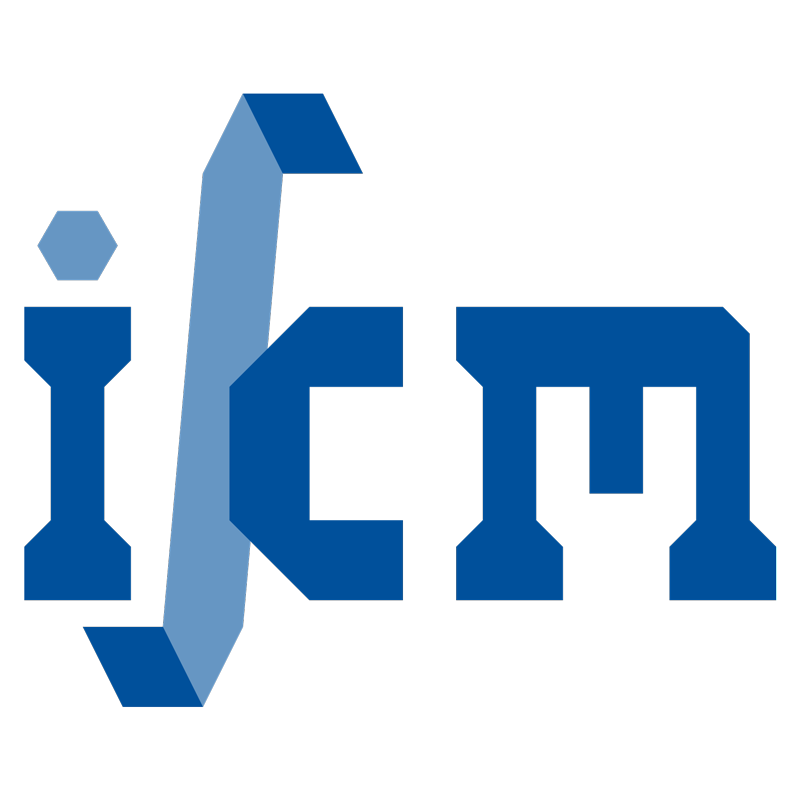Phase field modeling of brittle compressive-shear fractures in rock-like materials
A new driving force and a hybrid formulation
- authored by
- Shuwei Zhou, Xiaoying Zhuang, Timon Rabczuk
- Abstract
Compressive-shear fracture is commonly observed in rock-like materials. However, this fracture type cannot be captured by current phase field models (PFMs), which have been proven an effective tool for modeling fracture initiation, propagation, coalescence, and branching in solids. The existing PFMs also cannot describe the influence of cohesion and internal friction angle on load–displacement curve during compression tests. Therefore, to develop a new phase field model that can simulate well compressive-shear fractures in rock-like materials, we construct a new driving force in the evolution equation of phase field. Strain spectral decomposition is applied and only the compressive part of the strain is used in the new driving force with consideration of the influence of cohesion and internal friction angle. For ease of implementation, a hybrid formulation is established for the phase field modeling. Then, we test the brittle compressive-shear fractures in uniaxial compression tests on intact rock-like specimens as well as those with a single or two parallel inclined flaws. All numerical results are in good agreement with the experimental observation, validating the feasibility and practicability of the proposed PFM for simulating brittle compressive-shear fractures.
- Organisation(s)
-
Institute of Continuum Mechanics
- External Organisation(s)
-
Tongji University
Ton Duc Thang University
- Type
- Article
- Journal
- Computer Methods in Applied Mechanics and Engineering
- Volume
- 355
- Pages
- 729-752
- No. of pages
- 24
- ISSN
- 0045-7825
- Publication date
- 01.10.2019
- Publication status
- Published
- Peer reviewed
- Yes
- ASJC Scopus subject areas
- Computational Mechanics, Mechanics of Materials, Mechanical Engineering, General Physics and Astronomy, Computer Science Applications
- Electronic version(s)
-
https://doi.org/10.48550/arXiv.2308.05748 (Access:
Open)
https://doi.org/10.1016/j.cma.2019.06.021 (Access: Closed)
-
Details in the research portal "Research@Leibniz University"


